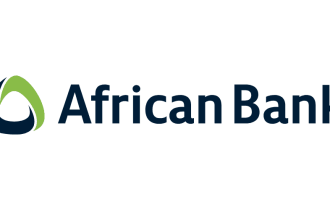How to Start a Stokvel
Just as some people exercise more when they have an exercise buddy, others find it easier to save when they do it in a group. For the undisciplined spender, who is constantly cashing in their savings, a stokvel could be the answer. But stokvels are worth taking note of for another reason. Did you know that money saved in a stokvel often benefits from better interest rates and lower fees than you would pay if you put your money in a bank savings account. Sound good? This is what you need to know if you want to start a stokvel.The word “stokvel” emanates from the term “stock fair” which was used to describe auctions run by English settlers in the 19th century. The stock fairs were a forum for farmers and labourers to gather and sometimes pool money together to purchase livestock.
Types of stokvels
Usually a stokvel is started for a specific reason. The members of the stokvel may share a common goal for saving such as December groceries or a wedding. For example, a group of young ladies may get together and save in a stokvel for the purpose of funding their bridal parties.
Research by African Response in May this year showed that there are 421 000 savings stokvels with a membership of 8.6 South Africans.
Members
There is usually a minimum of 12 members in a stokvel. However, you may choose to have a smaller number of members in your savings group. The average South African stokvel has about 27 members with each member contributing about R210 a month.
Constitution
This is an important document that must be drawn up when you start a stokvel. Think of it as the group’s guidebook. The constitution should include guidelines on:
- How often and in what manner money is to be collected each month.
- How the money will be invested.
- Under what circumstances withdrawals may be made.
- What happens if a member fails to make contributions or decides to leave the stokvel.
- What happens if a member dies.
- The process if a new member decides to join the club at a later date after inception.
The constitution is particularly important as it provides a reference point and can pre-empt disagreements within the group before they occur. You can get sample stokvel constitution here
The bank account
You should have two to three authorised signatories on the bank account and this should be set up so that none of the authorised signatories can make withdrawals without the signature of the others. The stokvel should be audited regularly by an independent auditor and the auditing records should be freely available to all members.
First National Bank has introduced the Stokvel bank account, which is aimed specifically for saving as a group. Benefits include a low monthly fee of R5.75 and 10 free qualifying transactions per month if the minimum balance of R5 000 is maintained.
The first recorded stokvel in South Africa, known as a burial scheme, was in 1932. Since then, stokvels have gone by many names, including mohodisana (a Sotho term meaning ‘paying each other’) and the Zulu version, kuholisana, gooi-gooi, from the Afrikaans word ‘throw’, indicating the money thrown in the pot, and makgotlas meaning burial societies.
However, since 1932 stokvels have come a long way with the JSE running educational seminars for stokvels to encourage them to invest in the stock market. A national survey in 2012 by the National Association of Stokvels also showed that South Africans in the higher LSMs of 8 – 10 account for 20% of stokvel members.
When you start a stokvel, make sure that you identify people you trust as fellow members who share common values and savings goals. Good luck and start saving today!





